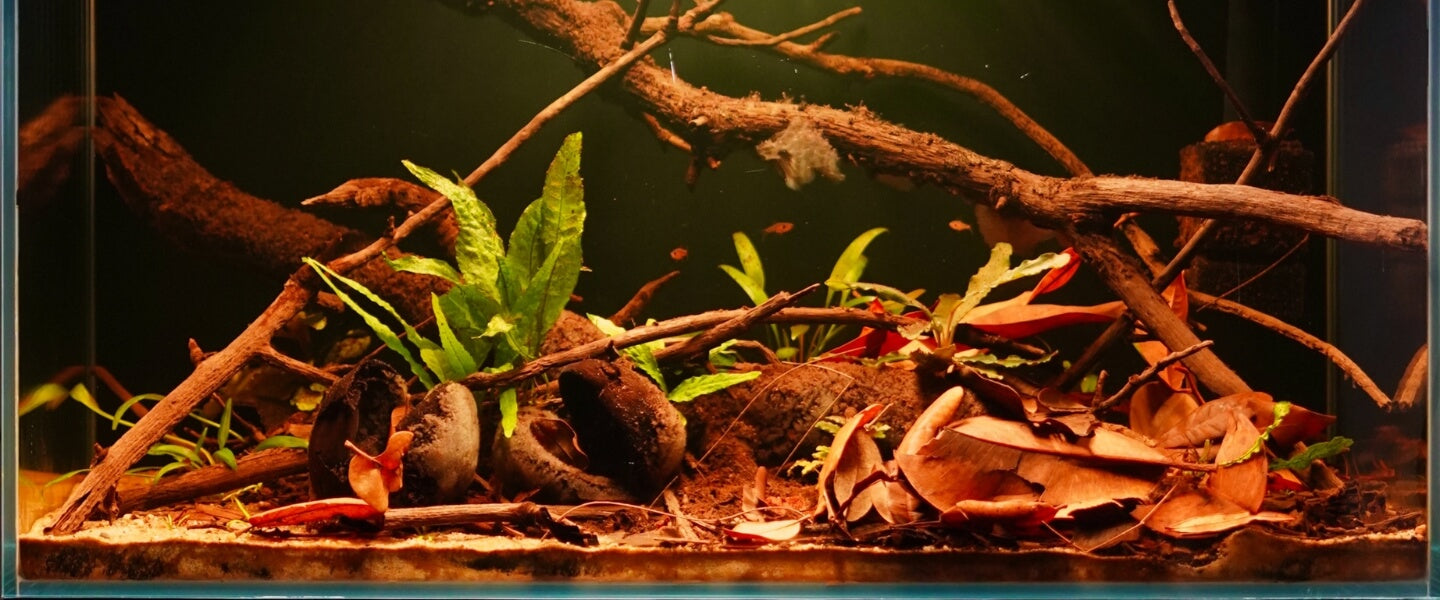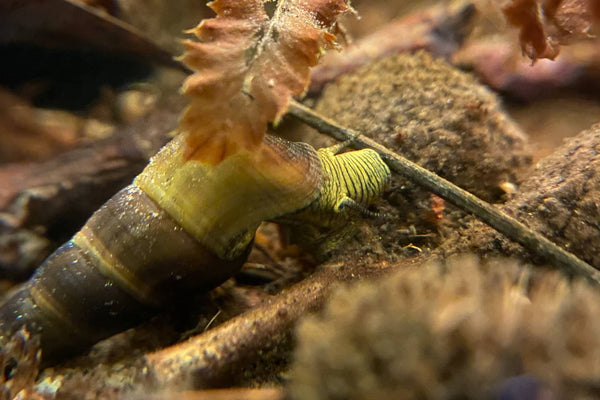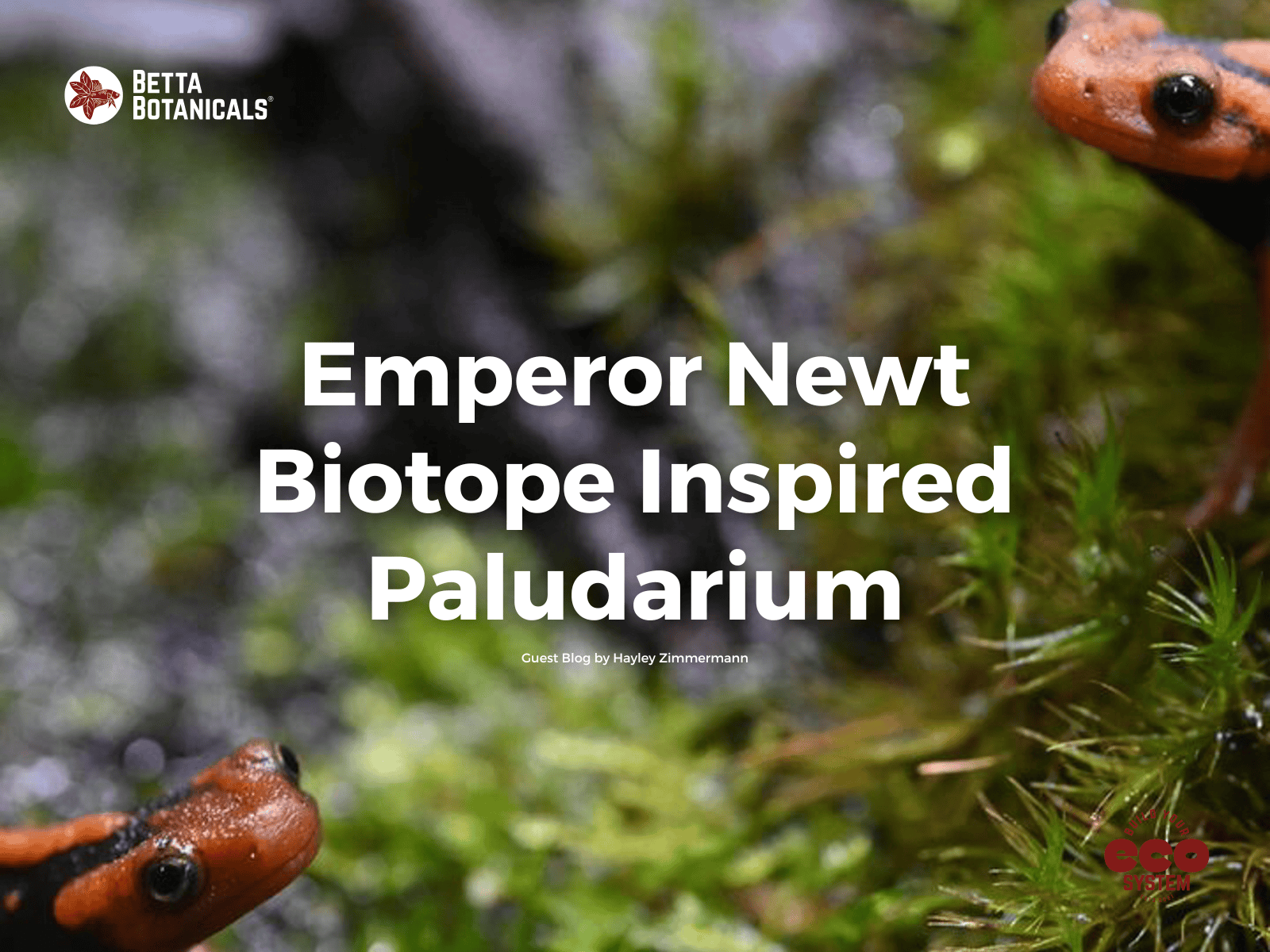A Guide to Alder Cones for Aquariums
There are many aquarium botanicals available on the market, but how do you choose the right ones? Catappa Leaves or Indian Almond Leaves are among the most popular botanicals for betta keepers and non-betta keepers alike, but they can be too large for smaller tanks, making them difficult for nano-scapers to work with. If you’re ready to explore a new way to achieve that classic tinted look on a smaller scale, alder cones are the answer. Alder cones are a great choice for blackwater and botanical aquarium hobbyists of all experience levels looking to mimic the tint found in native betta habitats without disrupting their scapes.
What Are Alder Cones?
Alder cones come from trees of the genus Alnus, in the birch family Betulaceae. The alder cones we specifically collect and carry come from Alnus rubra, the red alder, a deciduous tree native to western North America (California, Washington, Oregon, British Columbia, and Alaska). Historically, Native Americans used the red/orange underbark from which the red alder gets its name to make dye.
Alder cones are not cones at all, in the traditional sense. Despite their cone-like appearance, alder cones are actually female catkins or the female flowering part of the tree. They turn brown and drop from the trees in Autumn.
Alder trees typically grow along or just above streams and rivers. The adjacent bodies of water collect alder cones as they fall, creating tinted water environments. In their native ecosystems, alder trees provide shelter and food for wildlife like deer, elk, and finches, while in the water they provide food to macro-invertebrates and a habitat for rearing salmonid species.
Are Alder Cones Good For Aquariums?
Both in your aquarium and in the wild, the humic substances released by alder cones help to keep the fish and the ecosystems healthy. Humic acids, fulvic acids, and tannic acids are what we call “the good stuff” that is released by decomposing organic materials, and one of their many benefits is their ability to bind to the heavy metals in water and reduce their toxicity. Too many heavy metals in your water can cause heavy metal toxicity in fish, and if you have city water or live in an area with poor water quality, this property can be beneficial. But as you well know, at Betta Botanicals we prefer to focus on the tinting and ecosystem-enhancing properties and less on the disease prevention potential of botanicals, it’s there, just not quantifiable yet.
Botanicals are also a great preventative measure against a variety of common fish illnesses. The organic compounds, aka “the good stuff” have antibacterial and antifungal properties that can help prevent diseases in healthy fish and assist the recovery process of sick fish. While catappa leaves and Indian almond leaves are the traditional go-to botanical for hospital tanks, alder cones can be just as effective.
Are Alder Cones Safe For Bettas?
Bettas prefer slightly acidic to very acidic water that mimics their native environments. As they decompose, alder cones release humic substances like humic, tannic, and fulvic acid, ideal for creating low-pH, tinted water ecosystems.
Most bettas naturally live in dark, tannin-rich environments, and can get stressed from the bright, direct light of your tank light. Adding alder cones will darken your water, helping to keep your betta calm, healthy, and less stressed. You could use these in place of popular aquarium botanicals like catappa leaves.
At Betta Botanicals, we love alder cones for betta tanks because of the number of tannins they release compared to their size. Most bettas (kept alone) are kept in 5-15 gallon aquariums. For nano-scapes, alder cones are one of the best botanical choices out there!
Alder Cones For Grazing Fish
Alder cones are ideal for grazing fish and bottom-feeders like corydoras and ottos, as well as invertebrates like shrimp. They have a high surface area and decompose slowly in the water, allowing biofilms, fungal growths, and other microorganisms to colonize their surface. Biofilms may look slimy and gross, but they are a natural and healthy part of an established ecosystem. Shrimp and snails (and sometimes omnivorous fish) love munching on the biofilms which grow on the botanicals, we call this ‘supplemental nutrition’. Think of it like free food!
Additionally, because of their cone-like structure, alder cones can trap pieces of fish food that fall to the bottom of the tank. Bottom feeders and grazing fish can then come along and eat the food that gets trapped on the surface of the cones. We’ve noticed our gouramis nipping at food stuck to biofilms or on the surface of botanicals in our tanks!
How Many Alder Cones Per 5 Gallons Of Water?
When adding aquarium botanicals to your tank, avoid adding too many at once. There are two potential risks you need to consider:
- The tannins released by botanicals could rapidly change your water chemistry.
- The resulting increase in bacteria colonies can deplete oxygen in the water.
At Betta Botanicals, we recommend adding 2-3 botanical pieces per 5 gallons of water. This means 2-3 alder cone bunches at a time! Follow the preparation instructions before adding alder cones to your aquarium as this ensures any potential contaminants don't end up in your tank.
How Alder Cones Affect pH
Alder cones can significantly lower the pH in your aquarium depending on your water chemistry. A scientific study conducted by a hobbyist concluded that the more alder cones you add to your tank, the more tannins are released and subsequently, the more your water’s pH will be affected. Tannins slowly leech out over time, so the initial tannins don’t represent the full potential of the aquarium botanical’s tannin content. This is why we recommend starting small and only adding 2-3 bunches at a time.
The amount that alder cones will lower your pH is dependent on your water chemistry. If your water is naturally hard (mineral rich), the tannic, humic, and fulvic acids will have less of an effect on your water. This is because high carbonate hardness creates a high buffering capacity, meaning that your pH is more likely to remain stable as you add acids or bases to the water. Make sure you understand your GH and KH (general and carbonate hardness) before adding botanicals. You can get these readings using a water testing kit.
pH is incredibly important to fish keepers. A dramatic change in pH levels can stress your fish, leading to illness and other health problems. Additionally, most fish have an ideal pH range in which they thrive. For example, bettas prefer slightly acidic to very acidic water, depending on the species, usually thriving in pHs between 5.4-6.8. If the pH of your aquarium water differs from the preferred pH of the fish you keep, they are less likely to thrive.
So, Ready to Try Alder Cones?
At Betta Botanicals, alder cones rank among our favorites and make the top 10 list for tannin content. Between their convenient size, antibacterial and antifungal benefits, and high tannins, you really can’t go wrong! Whether you’re a betta keeper or a nano-scaper, a beginner or an aquarium veteran, alder cones are a great choice for achieving that classic tea-stained glow. When you’re ready to build a betta ecosystem, Betta Botanicals is here to help! Good luck, and happy fishkeeping!















Inspire your friends:
Wild Versus Domestic Betta Fish Care & Husbandry
How to Naturally Lower the pH of Your Aquarium